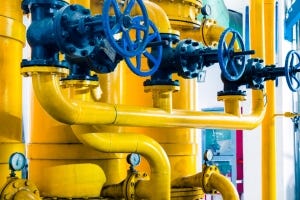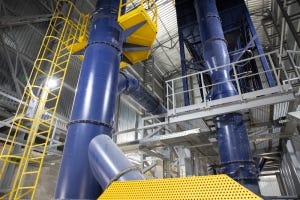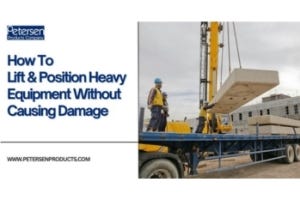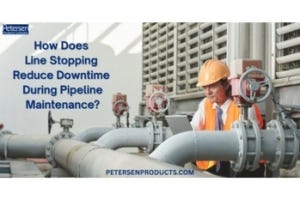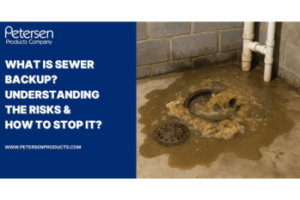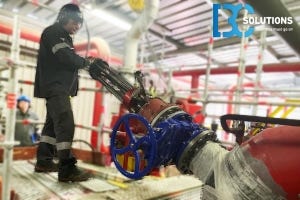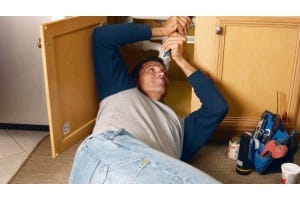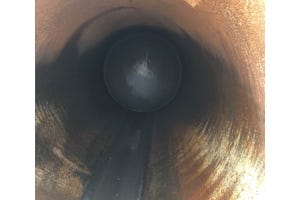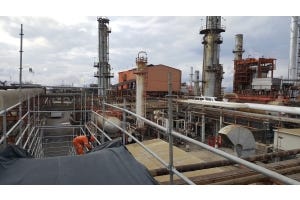How Offshore Pipeline Installation Works


Offshore pipelines play a key role in delivering products from ocean mining sites to factories, businesses, and homes. However, laying pipe along the seafloor can be challenging. Workers must ensure that the pipe reaches the ocean floor without taking or causing damage. Additionally, gas pipelines need extra weight to ensure that they continue to lay flat on the seafloor. To get around these obstacles, pipeline manufacturers utilize three main methods of installation: S-lay, J-lay, and tow-in installation. Learn more about each method with this overview of how offshore pipeline installation works.
Overview Of Top Offshore Pipeline Installation Methods
S-Lay Pipeline Installation
The term S-lay refers to the S-shape the pipe makes as it curves between the boat installing it and the ocean floor. During S-lay installation, workers weld sections of pipe together while onboard a pipelay vessel. As the ship moves forward, they gradually lower the assembled pipe off the stern of the ship, through a support structure known as the stinger, and to the seafloor. The S-lay process requires workers to maintain proper tension, otherwise the pipe can buckle and take damage as it moves from the vessel to the ocean floor.
J-Lay Pipeline Installation
When it comes to how offshore pipeline installation works , J-lay installation is very similar to the S-lay method. Both techniques require workers to assemble the pipeline on board a vessel and lower it from the stern of the ship to the ocean floor. The difference is that a tall tower on the boat lifts the assembled pipe upward, giving it a straight angle as it enters the sea. This creates a single-curved J-shape between the seafloor and the vessel, thus reducing stress on the pipe as it bends toward its destination. The reduced tension makes J-lay installation preferable for deeper waters and more intense ocean currents.
Tow-In Pipeline Installation
Just as the name implies, tow-in installation utilizes a tugboat to tow an assembled pipeline into place. Buoyancy modules help keep the pipeline afloat until the boat tows it into the right spot. Then, workers remove or flood the modules to allow the pipeline to sink to the seafloor. There are a few variations of tow-in installation that involve towing the pipe at a surface level, partway underwater, just above the seabed, or directly along the ocean floor.
Does your team have the necessary equipment to handle and maintain your pipelines? Make sure you’re ready for offshore and underwater pipeline installation by stocking up on our high-quality pipe plugs and stopples, testing equipment, and more.
The information may be used but with no warranty or liability. This information on marine pipeline installation is believed to be correct but should always be double checked with alternative sources. Strictly adhere to and follow all applicable national and local regulations and practices.
Disclaimer: The information may be used but with no warranty or liability. This information is believed to be correct but should always be double checked with alternative sources. Strictly adhere to and follow all applicable national and local regulations and practices.
Regardless of these comments, it is always necessary to read and understand manufactures instructions and local regulations prior to using any item.



